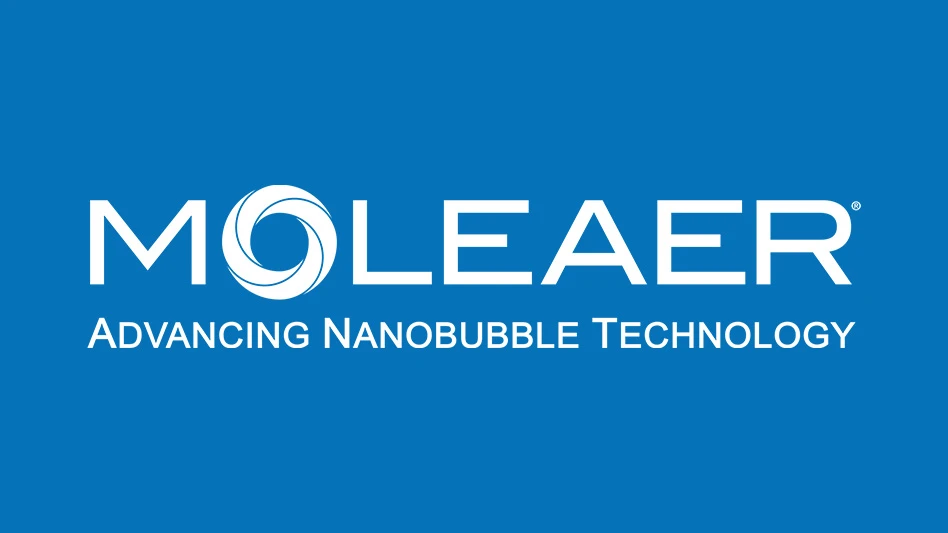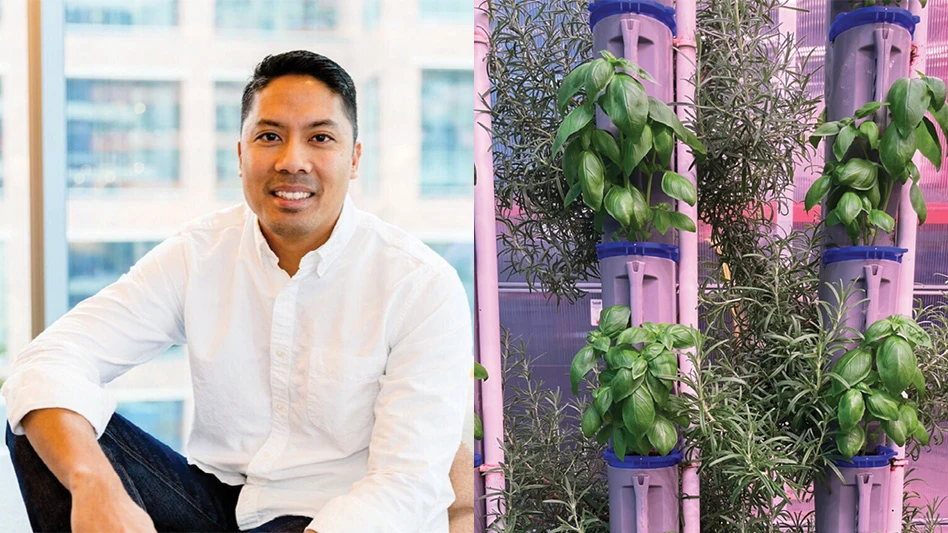
Growing a healthy crop “from the root up” is nowhere more important than in hydroponic growing, where every input immediately affects the crop without the buffer that traditional peat-based growing media provides. Add to that the fact that the production of food crops allows for fewer chemical pesticides and sanitizing agents, and the need for products that are as effective as they are safe is obvious. That’s why Pace 49 has teamed up with Peter Konjoian, Ph.D., president of Konjoian’s Horticulture Education Services Inc., to research and develop best practices for managing water-borne plant pathogens in CEA (controlled environment agriculture) hydroponic food production.
Konjoian, a longtime researcher and consultant in the horticulture industry, recognized the increasing importance of CEA food production well over 10 years ago, which prompted him to shift his focus from ornamentals to edible crops.
“I started working on algae, biofilm and waterborne plant pathogen control via production system sanitation 20 years ago,” explains Konjoian. “My work began in the oxidizer category of sanitizing chemistry, where I had a single project in the peroxide category, followed by extended work with chlorine dioxide before shifting to Quats (quaternary ammonium compounds). This work led me to discover Pace 49 and its line of Quats, including UpTake PRO and Pace KleenGrow.”
As he started working with Pace’s Quat compound (UpTake PRO, Pace KleenGrow), it immediately became clear to Konjoian that labelled rates that are safe and effective in traditional container production — where plants are grown in a peat-based medium — were phytotoxic to the same plants grown hydroponically. He concluded that it was a case of the naked roots in hydroponic culture being much more sensitive to the active ingredient than in a growing mix, where the growing mix acts as a buffer that protects the roots from damage.
In his research, Konjoian worked with chemicals from the oxidizer category as well as the Quat category to evaluate their safety and efficacy. He explains: “Each category I’ve worked with is effective to varying degrees. Each can kill algae and plant pathogens, but some are more effective than others in stripping biofilm from system surfaces. But it’s the safety part of the question, specifically phytotoxicity, where different products and product categories separate. Crop safety is the most important factor in growing and relates directly to profits. Unhealthy crops are not saleable, so when you factor in money already spent planting and growing, only to find dead or unhealthy crops due to water contamination, the loss can be huge. Water is the common contaminator for NFT hydroponics, so an entire crop loss could happen overnight if the water is contaminated.”

Konjoian has fine-tuned his work to determine the most effective usage rates while avoiding phytotoxicity.
“The Pace Quat project has generated encouraging results,” he states. “Once we understood that the naked roots would not tolerate exposure to the active ingredient at levels that are safe in growing media, we shifted to limiting the treatment and moved to an intermittent pulse strategy, a treatment to minimize crop root contact with quat-treated water that would be safe while delivering desired efficacy in managing algae, biofilm and waterborne plant pathogens. The usage rates we developed allow growers to grow a healthy, profitable crop while minimizing input costs.”
Asked to venture a look ahead, Konjoian replied that he believes this pulse strategy will fit well as bio-stimulant products become more common in hydroponics. As these natural microbes become part of hydroponic culture, growers need to learn that not all of the microbes are going to be bad.
“Some will be the good guys,” he concluded.

Explore the June 2024 Issue
Check out more from this issue and find your next story to read.
Latest from Produce Grower
- CEA Alliance celebrates bipartisan introduction of Supporting Innovation in Agriculture Act
- Eurazeo Planetary Boundaries Fund acquires Bioline AgroSciences
- Consumer Curiosity Report explores food, nutrition opinions from 'early adopters'
- Your comprehensive guide to Indoor Ag-Con ’25
- Sollum Technologies and Indoor Ag-Con announce recipients of Sollum Student Scholarship
- 80 Acres Farms expands to Georgia, Texas and Colorado
- This fast and agile robotic insect could someday aid in mechanical pollination
- AmericanHort urges exclusion of sphagnum peat moss from proposed Canadian tariff





